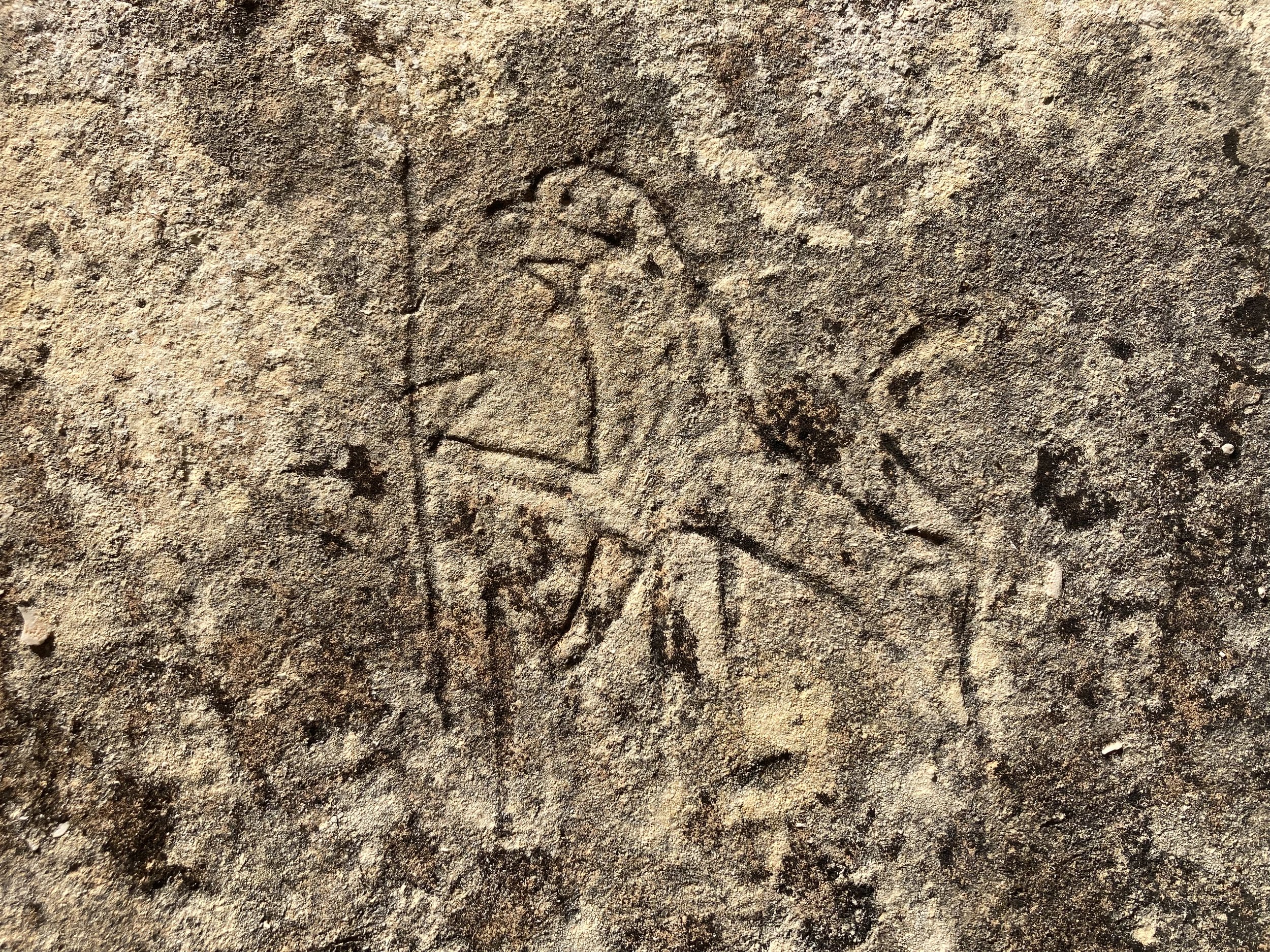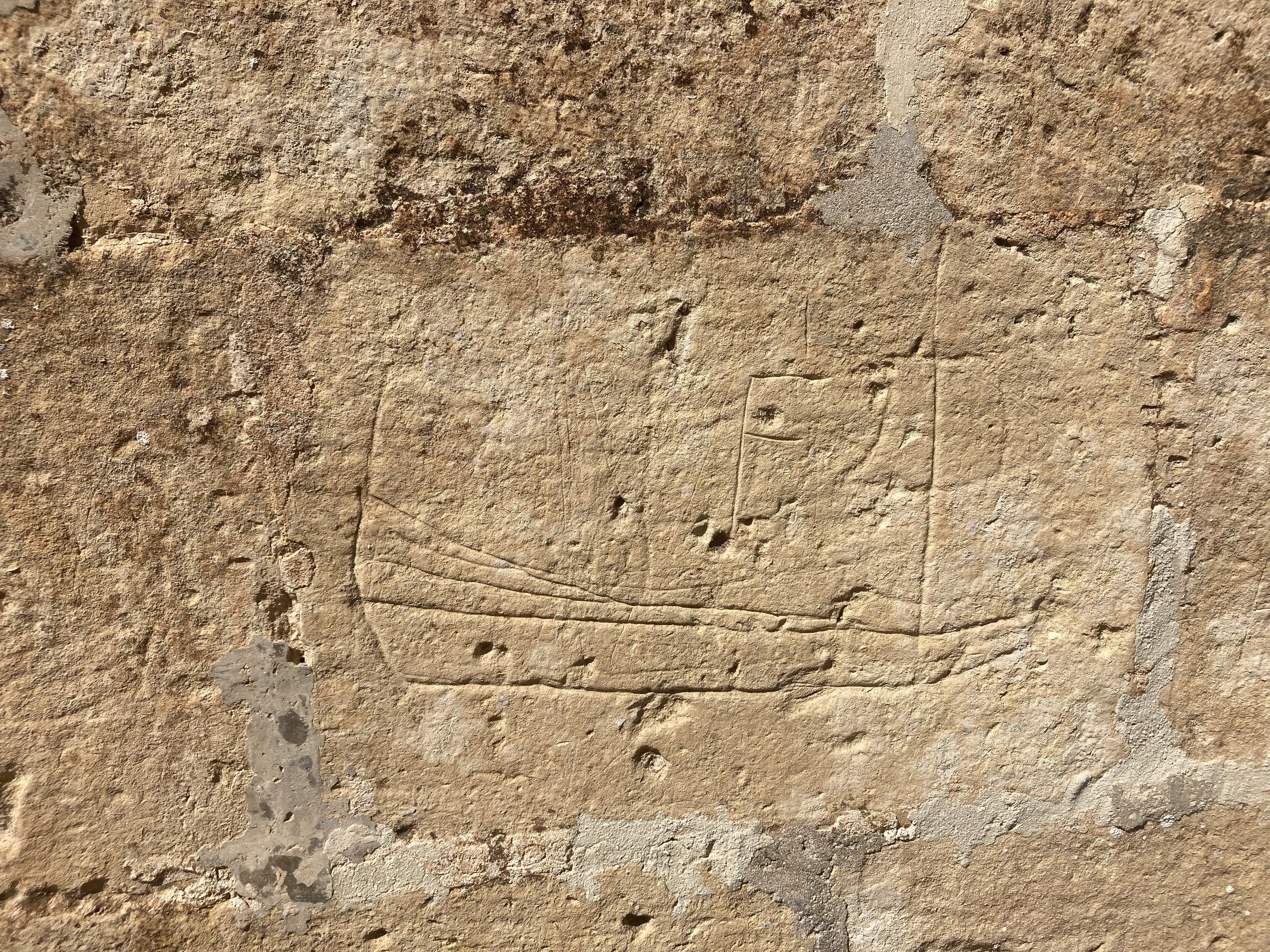Historic places to visit in Gozo: Sanctuary of the Immaculate Conception of Qala
Here at Blue Waters Dive Cove we are blessed to be in the village of Qala. The area is steeped in history and boasts some of the most naturally beautiful places in Gozo.
Just a few metres down the street from the dive centre sits one of the most historic places of worship in all of the Maltese isles.
Sanctuary of the Immaculate Conception of Qala (Santwarju tal-Kunċizzjoni Immakulata tal-Qala in Matese) is one of the oldest Chapels in all of Malta and Gozo, and has been looking over locals and travellers for centuries. Its influence and impact on Gozitan civilisation can be seen by the markings that decorate its storied walls.
Throughout history this has been a pilgrimage base. In times of hardship, through natural disasters and war, the people of Qala and the surrounding areas have looked to the Immaculate Conception for shelter and comfort.
The beginnings of this ancient place of worship are not exactly known, but have roots in the very distant past. The Qala sanctuary, in some form, can be traced as far back as the 6th century, during the time of Bishop Julianus of Malta. There is then evidence and works written about the sanctuary throughout the various occupations that followed. In 1575 Pietro Dusina, reported on the state of the Church, which was left almost in ruins due to frequent raids, ultimately leading to the people of Gozo banding together to restore this sacred place of worship.
In the 1650’s the Chapel was built on, making it larger. Then, a few decades later in 1688 it became parish church for the entire eastern part of Gozo, covering Qala, Nadur and Għajnsielem.
Due to its location, overlooking Hondoq bay which was a popular landing point for sailors making the journey to Gozo, it was a place for travellers to give thanks for a safe journey, or ask for safe passage as they embarked on one.
If one looks closely at the outer walls of the church then you can see various detailed carvings, still visible in the stone.




These carvings were left by travellers as a symbol of gratitude to the saints for allowing them safe passage to the island, perhaps after battling perilous conditions or pirates. The carvings depict ships, religious markings and animals, perhaps symbolising travellers homelands. This signifies that the markings were left by mariners and families which were not wealthy enough to purchase and leave the costly Ex-Voto images which were left by more wealthy visitors and decorated the inner walls through the 17th and 18th centuries.
There are a number of examples of legend and lore attached to The Sanctuary of the Immaculate Conception.
Perhaps the most famous is that of the legend of St. Konrad, or Kerrew the Hermit. This Holy man, thought to be St. Konrad Canfalonieri of Piacenza, lived a solitary life in a cave near Mosta, Malta. He was ousted by villagers after his reluctance to fall into sin, forcing him to continue life as a hermit in Qala. He was known as a healer, performing miraculous acts on the sick.
After his death in 1351 it is thought that he was buried in the crypt of the church. Since, locals and travellers have collected dust from the crypt to cure family members, showing the continued devotion to this holy man.
Even the construction of the chapel as it now stands is shrouded in mystery and legend.
It is said by locals that the chapel was not supposed to be built on that spot, rather more inland, close to what is now Qala square. Stones would be left in a pile after being moved from the quarry, ready to be shaped the following day. These stones kept disappearing overnight. After multiple nights of the stones mysteriously vanishing, it was decided that the stones would be guarded to catch the culprit. Rather than a local thief the guards instead saw a woman, dressed all in white. The stones would follow her, weightless, all the way to the point that the sanctuary now stands.
1693 was also significant. The maltese islands were battered by one of the biggest earthquakes in its history. This natural disaster left most buildings in ruin, completely destroyed. Miraculously, the Church was left almost untouched, symbolising the shelter that the Sanctuary has provided throughout history.
Between 1982 and 1988 the interior of the Chapel was refurbished. The gilding is beautiful and extremely ornate.
The main artistic attraction sits inside. The altarpiece. The work is attributed to Federico Barocci di Urbino and appears to show God giving special protection to the Immaculate Conception.
Blue Waters Dive Cove is blessed to be in such close proximity to such a beautiful and storied building. It is a great example of the rich history and culture of our beautiful island.



